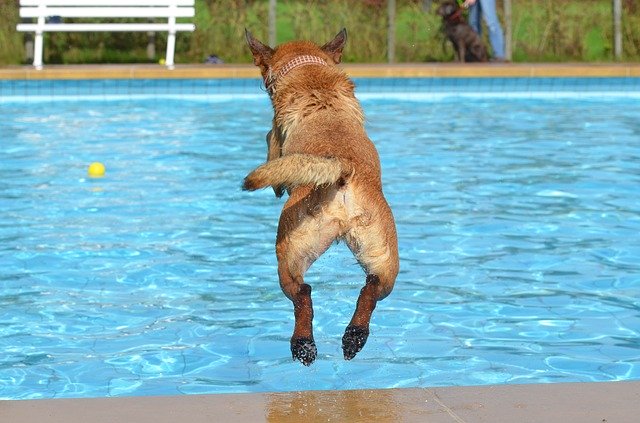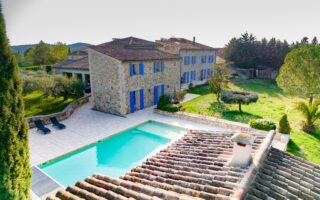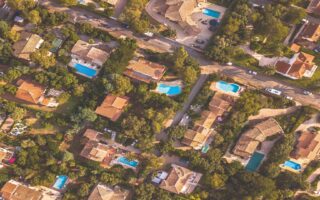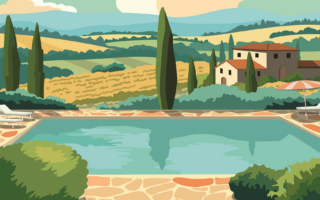Pool Hygiene in France


Pool and Spa Water Balancing
When you first buy or inherit a swimming pool or spa the whole concept of water chemistry can be quite daunting. This article endeavours to explain the process of how to balance the water of domestic swimming pools and spas. This is by no means a complete bible of pool care, but it will hopefully remove some of the myths and clarify the basics.
So what do I need to test for and how often?
The following are the main four elements you must test for and keep balanced on a regular basis. There are many other elements that a pool professional can test for and we would advise you to have a full water test carried out at least once a year to make sure there are no underlying problems. This is especially important if you use well water.
Total Alkalinity – Weekly for pools, every 3-4 days for spas.
pH – Weekly for pools, every 3-4 days for spas.
Water Hardness – Every time you top up or fill up with water, if there has been heavy rainfall, and at least once a month.
Sanitiser – Weekly for pools, every 3-4 days or prior to usage for spas and hot tubs and at least once per week regardless of usage.
See the ideal range guide below.
How do I test and what remedial action should I take?
There are many water testing kits on the market and every brand has different instructions for reading them. Therefore, do not assume that because you have had the same type before you will know what to do. Read and follow the instructions to the letter and you will get accurate results. For the colour blind or those who do not like reading the colour charts, there are now poolside electronic water readers on the market which can be used for both pool and spa water, some of these even store past results which can be useful.
No domestic kit is as accurate as the professional systems but they are perfectly acceptable if used correctly.
Once you have tested your water you should then make adjustments in the following order depending on your test readings (do not guess). 1. Total Alkalinity, 2. pH, 3. Calcium Hardness, 4. Sanitiser.
So what are these elements and what happens if they are not balanced?
Total Alkalinity (TA) – Total alkalinity is considered the key to water balance. You will always have problems with keeping your pH balanced if your total alkalinity is out of line, which is why it is often referred to as pH stabiliser. By adjusting your total alkalinity first you should then re test – preferably a day later and you will often find the pH has settled down and no further action needs to be taken or that you will need far less pH adjuster.
Increase your total alkalinity by adding Sodium Bicarbonate and reduce your total alkalinity by adding Muriatic Acid or Sodium Bisulfate (Dry Acid).
pH – Ensuring your pH is balanced is crucial to the comfort and health of your bathers and also in prolonging the life of your pool or spa equipment. Too high and your water will become cloudy, scale will form, there will be a possibility of staining and your sanitiser efficiency drops, also bathers can experience discomfort from burning eyes and itchy skin. Too low and your water becomes harmful to lungs and eyes, increased sanitiser dissipation, corrosion and etching of equipment.
To increase pH add Sodium Carbonate (Soda Ash). To reduce your pH you add Sodium Bisulphate (Dry Acid). Most chemical manufacturers often help by calling them pH plus and pH minus.
Water Hardness (often referred to as calcium hardness) – This test is not one you really need to do weekly but once a month is advisable and you should also test whenever you add fresh water. If your water hardness level is too low, your water will become very corrosive, causing damage to metal pipes and fixtures as well as grout and plaster. If too high, your problems will be cloudiness, scaling and staining.
To increase your Calcium hardness add Calcium chloride. To reduce your Calcium Hardness the best solution is to partly drain down and add fresh water.
Sanitiser – So much can be said about sanitisers but the simplistic answer is to use chlorine for pools – preferably a multi action type and always stabilised chlorine. For spas use bromine. One major myth is that salt systems mean you do not have chlorine in your water. These systems actually create chlorine by reacting with the salinated water through a process of electrolysis. They are automatic dosing systems, so are a benefit for this reason. However, with any automatic system they do not negate regular manual testing. Also, the systems will require calibrating at least once a year. Another myth is that chlorine free means chemical free, again this is rarely the case. The chlorine free options may work for you and in fact we use one brand for shocking green swimming pools, just read the label and work out if it’s right for your situation, or contact a pool specialist for further advice.
The key point to remember is that no matter what sanitiser you choose to use you must make sure it is always present in your water.
How can I reduce my need for chemicals?
The best products for reducing your chemical consumption are to invest in quality filtration mediums such as zeolite and have installed either an ozonator or ioniser or both. If you have all three systems you will find it simplicity itself to balance your water and they should reduce your chemical consumption by up to 95%. We can provide more information about these types of products if required.
And finally…
The final but very important consideration for keeping your water balance is to keep everything clean. Bacteria needs warmth, food and moisture to grow, so warm pools and spas if not maintained properly can quickly become health hazards. Regularly clean the water line, rinse or backwash filters and in the case of spas, use a good system flush once or twice per year to flush out the jets and pipes.
But what if things go wrong?…
Even with the best maintained pools, problems can occasionally occur. Do not panic, but act quickly. Speak to a pool professional for advice.
All below are measured in Parts Per Million (ppm)
7.2 – 7.6
80 – 120
Spas – 150 – 250
Pools – 200 – 400
3 – 5
1 – 3
4 – 6
See also:
Share to: Facebook Twitter LinkedIn Email
More in family, food, guides, health, inheritance, investment, work
By FrenchEntrée
Leave a reply
Your email address will not be published. Required fields are marked *



